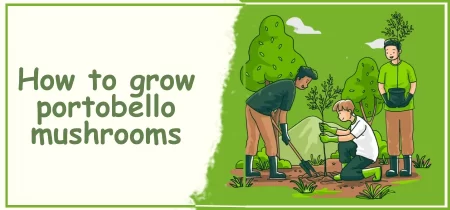If you’re like most people, you enjoy spending time outdoors in your garden. But if you’ve been noticing that the water pressure from your garden hose just isn’t what it used to be, don’t worry – you’re not alone.
In this post, we’ll share some tips on how to increase water pressure in your garden hose. By following these tips, you can get back to enjoying those relaxing weekends outdoors with ease!
How to Increase Garden Hose Pressure?
If your garden hose has low water pressure, there are a few things you can do to try and increase it. First, check the water source.
If the water pressure is low at the spigot, then it’s likely that there’s an issue with the water supply. If the water pressure is good at the spigot, then there may be an issue with the garden hose itself.
There are a few things you can check on the garden hose to see if that’s the issue. First, make sure that the hose is not kinked.
A kink in the hose will restrict water flow and decrease pressure. Second, check for any blockages in the hose. If there’s debris or a build-up of minerals in the hose, that can also decrease water pressure.
If you’ve checked the water source and the garden hose and neither seem to be the issue, then there may be a problem with the spray nozzle.
Make sure that the nozzle is not clogged and that it’s set to the appropriate setting. If the nozzle is set to a low setting, that can decrease water pressure.
Why Does the Pressure Fall?
There are a few reasons why water pressure may fall. One reason is that the water source itself may have low pressure.
This can be due to a variety of factors, including the municipality’s water system or an issue with the well or pump if you have a private water source.
Another reason why water pressure may fall is that there may be a leak in the garden hose. Even a small leak can cause water pressure to drop significantly.
You may be able to find the leak by running your hand along the length of the hose. If you feel dampness or water, that’s likely where the leak is.
Finally, another reason for low water pressure is that there may be a blockage somewhere in the hose. This could be a build-up of minerals or debris, or even a kink in the hose.
Try running water through the hose to see if the pressure increases. If it does, then that’s likely the issue.
If you’re still having trouble troubleshooting the issue, you can always consult a professional. A plumbing or irrigation specialist will be able to help you figure out what’s causing the low water pressure and how to fix it.
Here are a few other tips to increase water pressure in your garden hose:
- Use a shorter garden hose. A longer garden hose will have more friction and therefore lower water pressure.
- Use a wider diameter garden hose. A wider diameter hose will have less friction and therefore higher water pressure.
- Use a high-pressure nozzle. Some garden hose nozzles are designed for high water pressure. Using one of these can help increase the pressure in your garden hose.
Conclusion
By following these tips, you can easily increase the water pressure in your garden hose and make it easier to get the job done. Whether you are trying to water your flowers or clean your driveway, a little extra pressure can go a long way. So get out there and start boosting that water power!




Leave a Reply